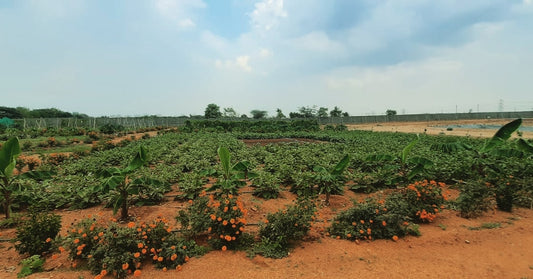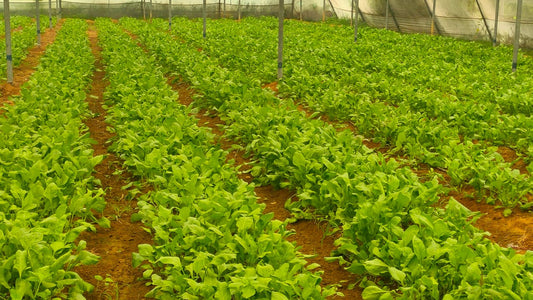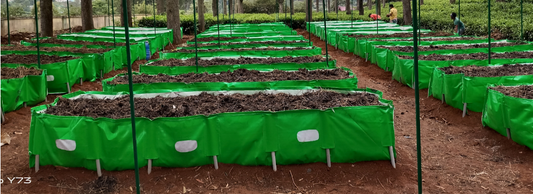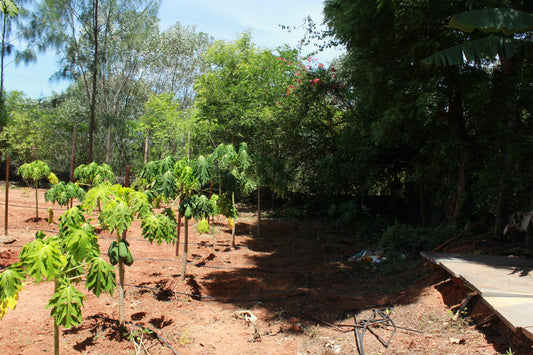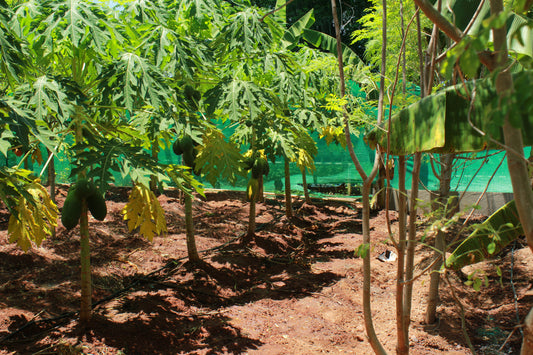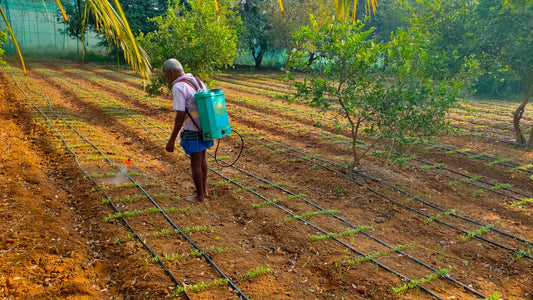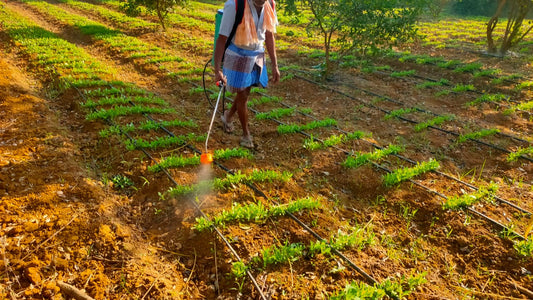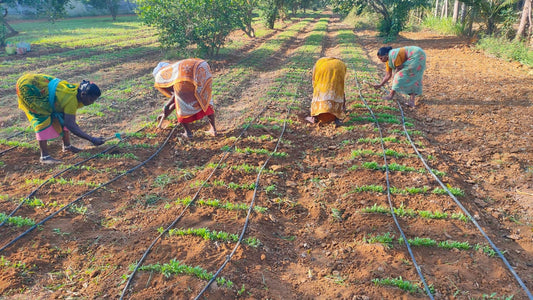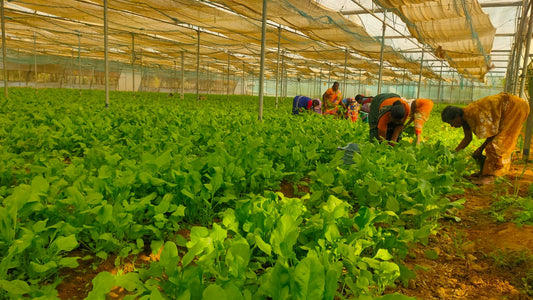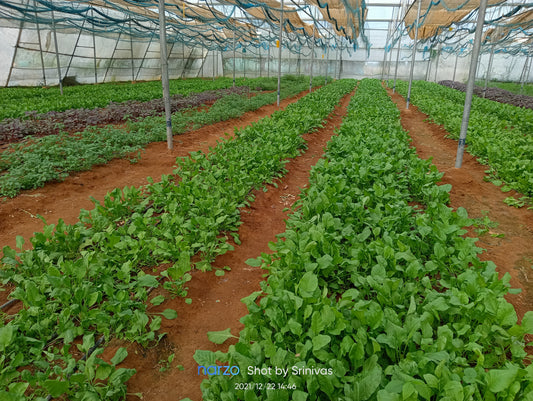Natural Farming
Understanding Nature’s principle and adopting it in our agricultural environment is becoming popular among new age farmers aka Natural Farming practitioners across the world. Observing the work of forest and mimicking it in our farming environment /garden space to produce what we want is often referred to as a food forest. Based on the years of experience and experiments from the different farm fields and understanding of climate factors of farm locations, Gramonnati Trust, evolved its model of Food Forest which gained ideas, inputs, and principles from ZBNF, Permaculture, Regenerative Farming and guidance and support from successful Natural farmers across India.
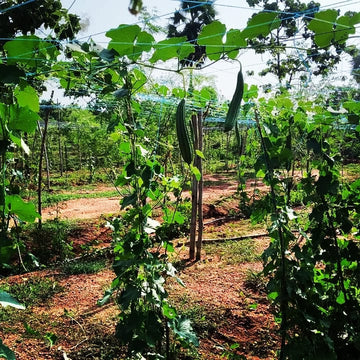
Our “Food-Forest” model combines knowledge of traditional natural farming with technology and operational processes. A food forest is a food production strategy in a small space by mimicking the natural forest ecosystem.
A food forest is a method of agroforestry system which is relatively cost-effective, maintenance-free, and regenerative in nature. Incorporating fruit and nut trees, shrubs, herbs, vines and perennial vegetables which have yields directly useful to humans.
Making use of companion planting, these can be intermixed to grow in a succession of layers to build a woodland habitat.
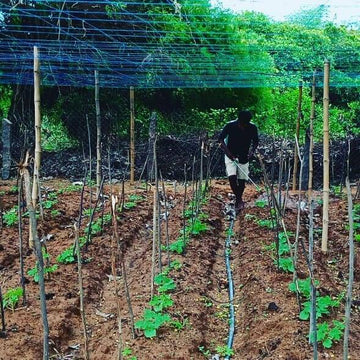
Food forests are like the ultimate organic garden. Does a forest need tilling, weeding, fertiliser, or irrigation? Nope. And that’s the goal. Because they’re mostly perennial crops, there’s no need to till. Not tilling preserves the natural soil structure, preventing the loss of topsoil and allowing all the little microbes and soil critters to do their jobs, cycling nutrients and maintaining fertility.
The deep roots of trees and shrubs make them much more drought tolerant than annual vegetables, and they shade the smaller plants below, keeping everything lush and moist in a self maintaining in other words, a highly sustainable system.
Objectives of the model
- To create low-maintenance, regenerative food systems.
- Being more self-reliant.
- To generate sustainable income sources for the farming community.
Our Farm Design, based on the Food-Forest Model, ensures financial sustainability within a short timeframe. With an average yield of 12-14 tons per acre per year, year-round harvesting capabilities, and nature-friendly practices that prioritize water conservation, Gratitude Farms is poised to make a significant impact on both agriculture and sustainability. We are dedicated to transforming land, lives, and the way we grow and consume food, all while nurturing a brighter and more prosperous future for our communities and our planet.
